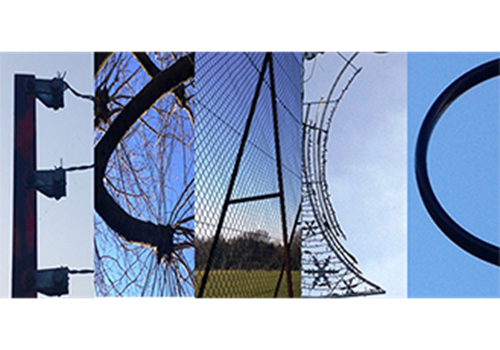100 tiny steps – ECACC in research in 2017

Microwaves have been used with some success as cancer therapy; scientists in Japan, building on their previous research, used ECACC human breast cancer cell line MDA-MB-231 to provide evidence to support the use normothermic microwave irradiation in clinical cancer treatment1. This represents one example of the role of ECACC cell lines in improving our understanding of non-communicable diseases.
Sometimes 2–dimensional (2D) cell culture models cannot provide the insight required for clinical scenarios. A group in Italy, recognising that 3D in vitro models may provide an alternative means of studying tumour metastases development, used an ECACC osteogenic sarcoma cell line, SAOS-2, to demonstrate a role for a porous polyurethane foam in mimicking the bone tissue microenvironment. They conclude that their model allows improved characterisation of breast cancer-initiating cells helping with future identification of new therapeutic strategies to improve outcomes for patients with breast cancer2.
Parkinson’s disease (PD), a neurodegenerative movement disorder in humans, is thought to be affected by sirtuins which are highly conserved lysine deacetylases involved in ageing, energy production and lifespan extension. A research group in the UK used ECACC SH-SY5Y neuroblastoma cells to evaluate the role of the SIRT2 sirtuin in oxidative stress mediated cell death and characterise its role in PD. The results were consistent with those of other studies on SIRT2 helping to reinforce our understanding of this debilitating disease3.
Scientists in Norway and Poland addressed the impact of biofuels using BEAS-2B cells, an immortalised human bronchial epithelial cell line. Although it is widely recognised that diesel engine emissions cause air pollution, the impact of biodiesels is less well-established. The results indicate that increases in hydrotreated vegetable oil-based biodiesel blends might increase the proinflammatory potential of diesel exhaust particles, thereby exacerbating asthma and other respiratory diseases4.
And finally, UK and US scientists used ECACC’s fat head minnow (FHM) cells for isolating and culturing Ranaviruses which infect amphibians and emerged in the UK frog population in the 1980’s. They investigated the phylogenetic relationships between 24 Ranavirus isolates from the three different English amphibian species and concluded that there is cause for increased conservation concern5.
In total we reviewed more than 100 scientific papers published in 2017 citing the use of ECACC cell lines, revealing a broad spectrum of studies supporting drug discovery, virus culture and method development and improving our understanding of disease pathogenesis.
1. Asano, M., et al., Normothermic Microwave Irradiation Induces Death of HL-60 Cells through Heat-Independent Apoptosis. Sci Rep, 2017. 7(1): p. 11406.
2. Angeloni, V., et al., Polyurethane foam scaffold as in vitro model for breast cancer bone metastasis. Acta Biomaterialia, 2017. 63: p. 306-316.
3. Singh, P., P.S. Hanson, and C.M. Morris, Sirtuin-2 Protects Neural Cells from Oxidative Stress and Is Elevated in Neurodegeneration. Parkinson’s Disease, 2017. 2017: p. 17.
4. Skuland, T.S., et al., Proinflammatory effects of diesel exhaust particles from moderate blend concentrations of 1st and 2nd generation biodiesel in BEAS-2B bronchial epithelial cells—The FuelHealth project. Environmental Toxicology and Pharmacology, 2017. 52: p. 138-142.
5. Duffus, A., et al., Phylogentic Analysis of 24 Ranavirus Isolates from English Amphibians using 2 Partial Loci. J Emerg Dis Virol, 2017. 3(2): p. 2473-1846.131.
